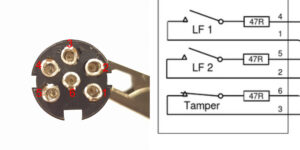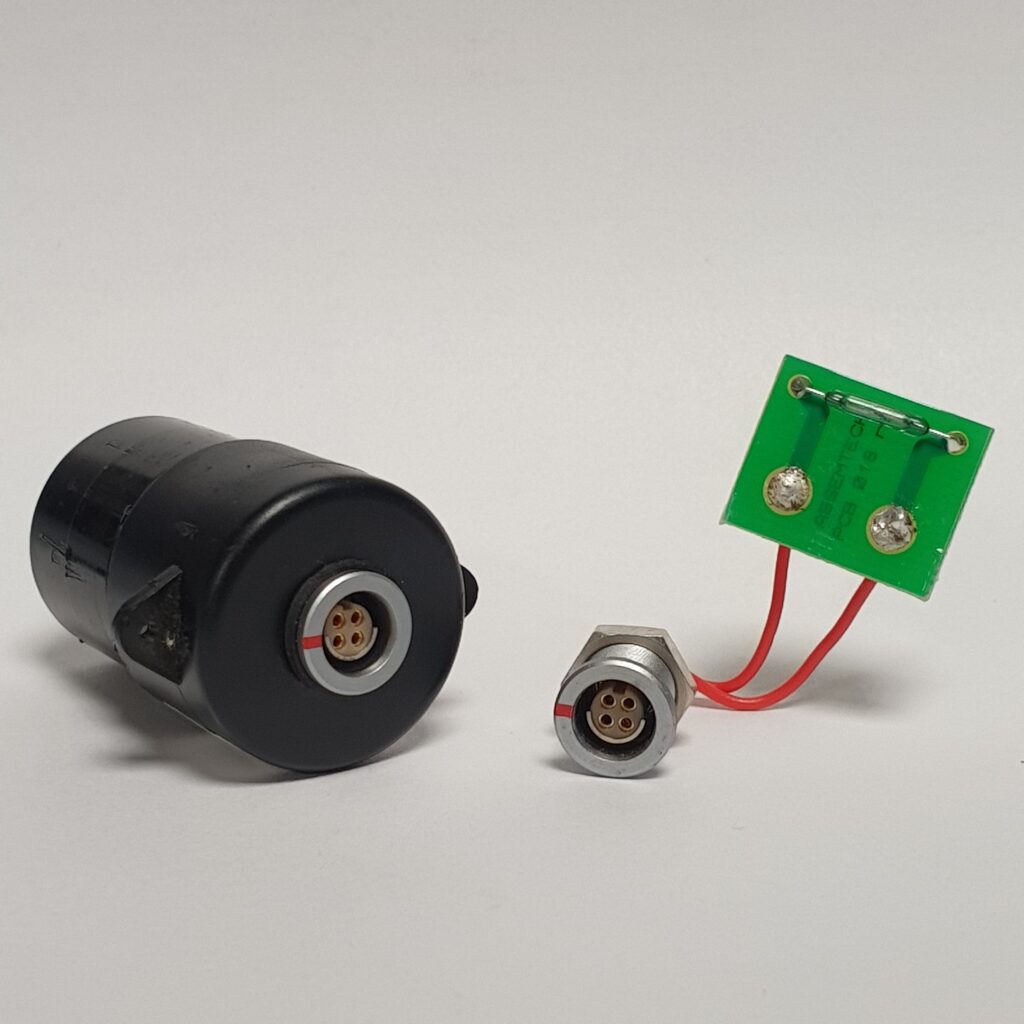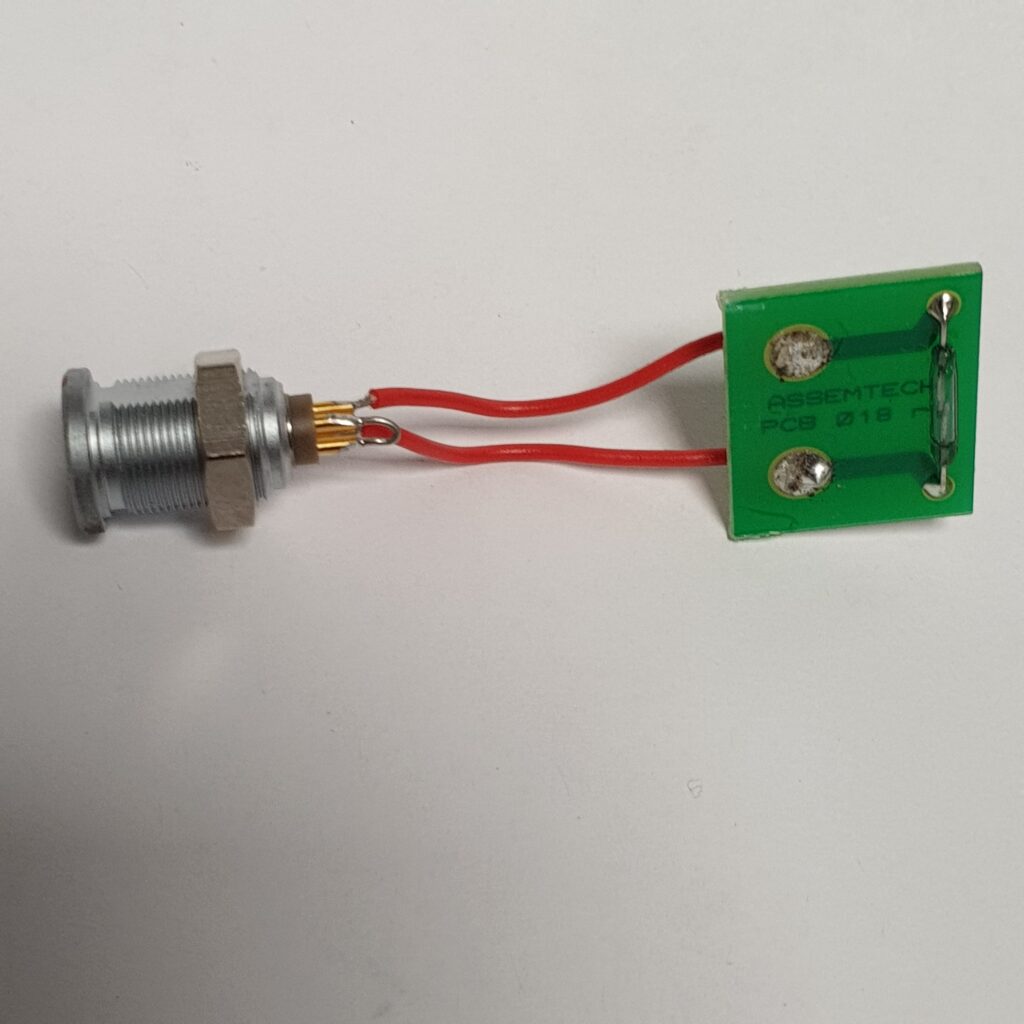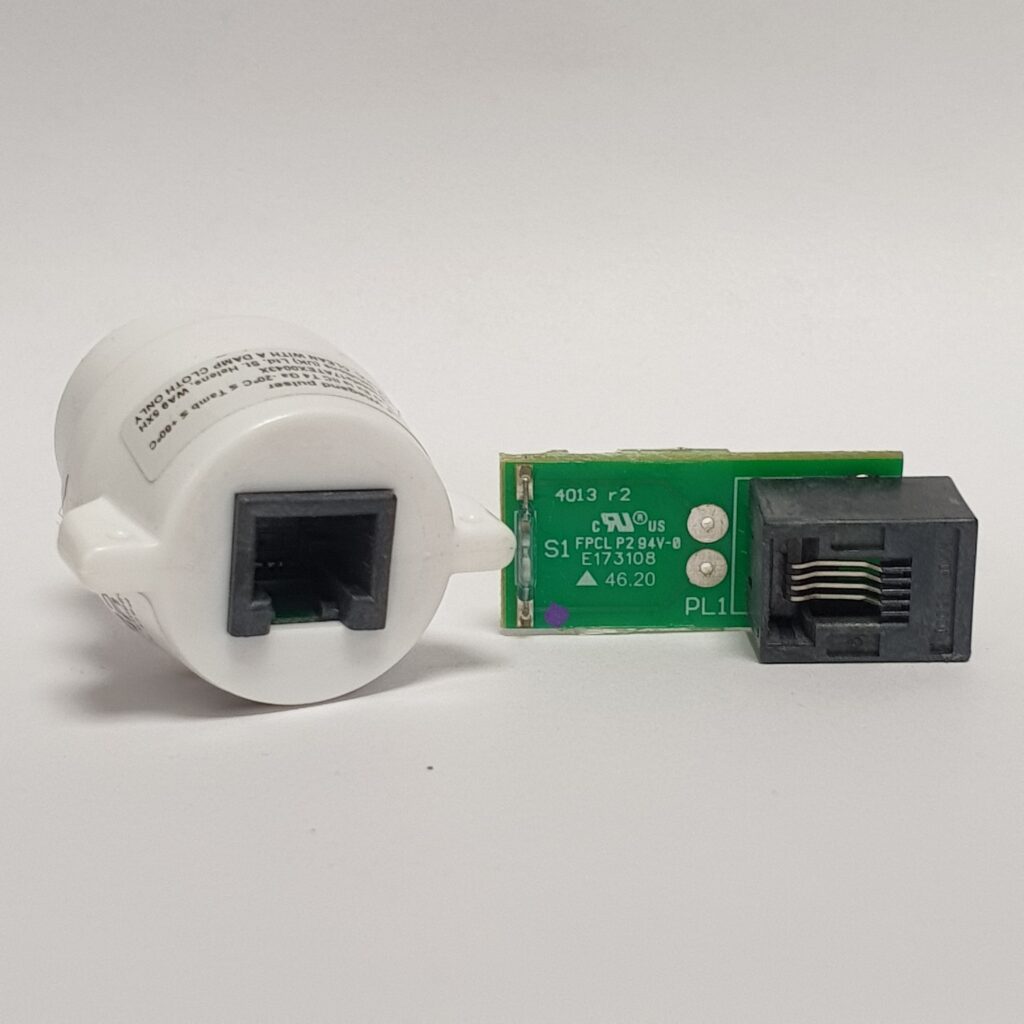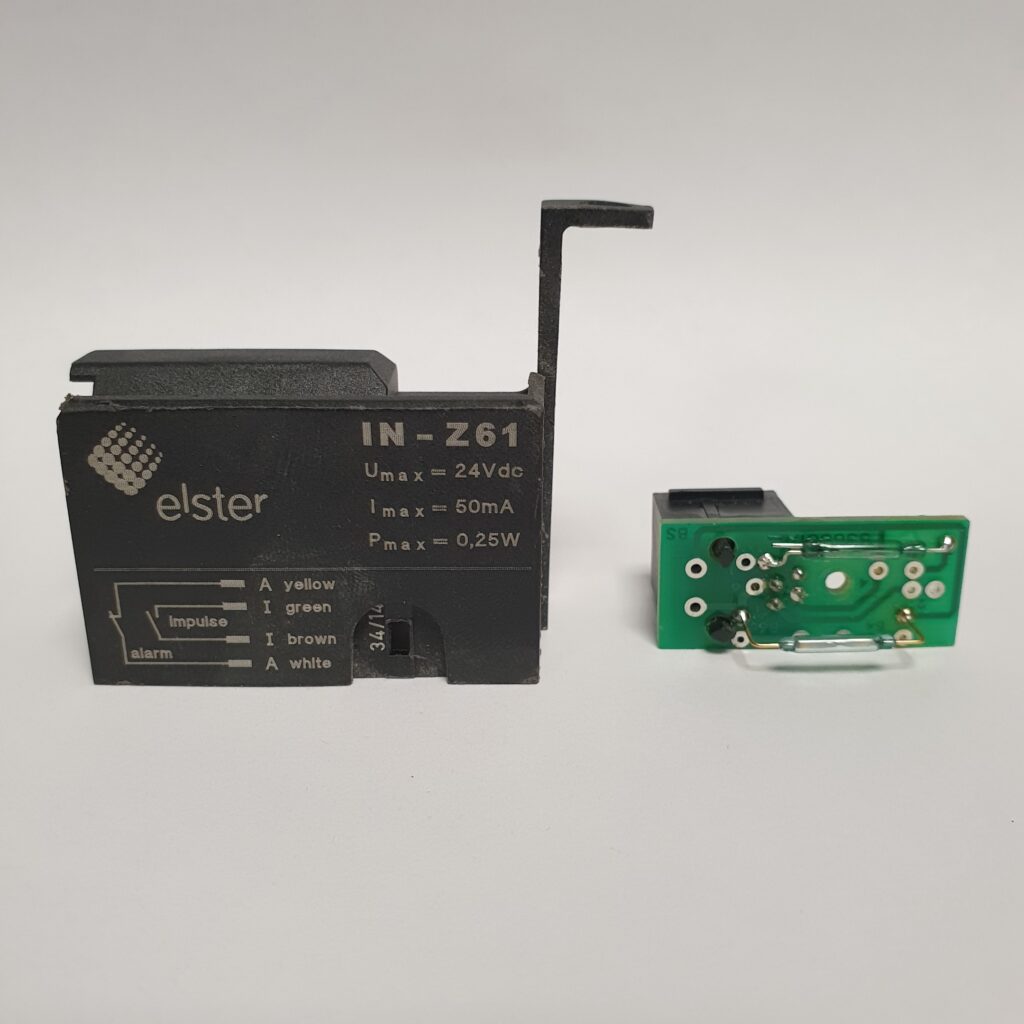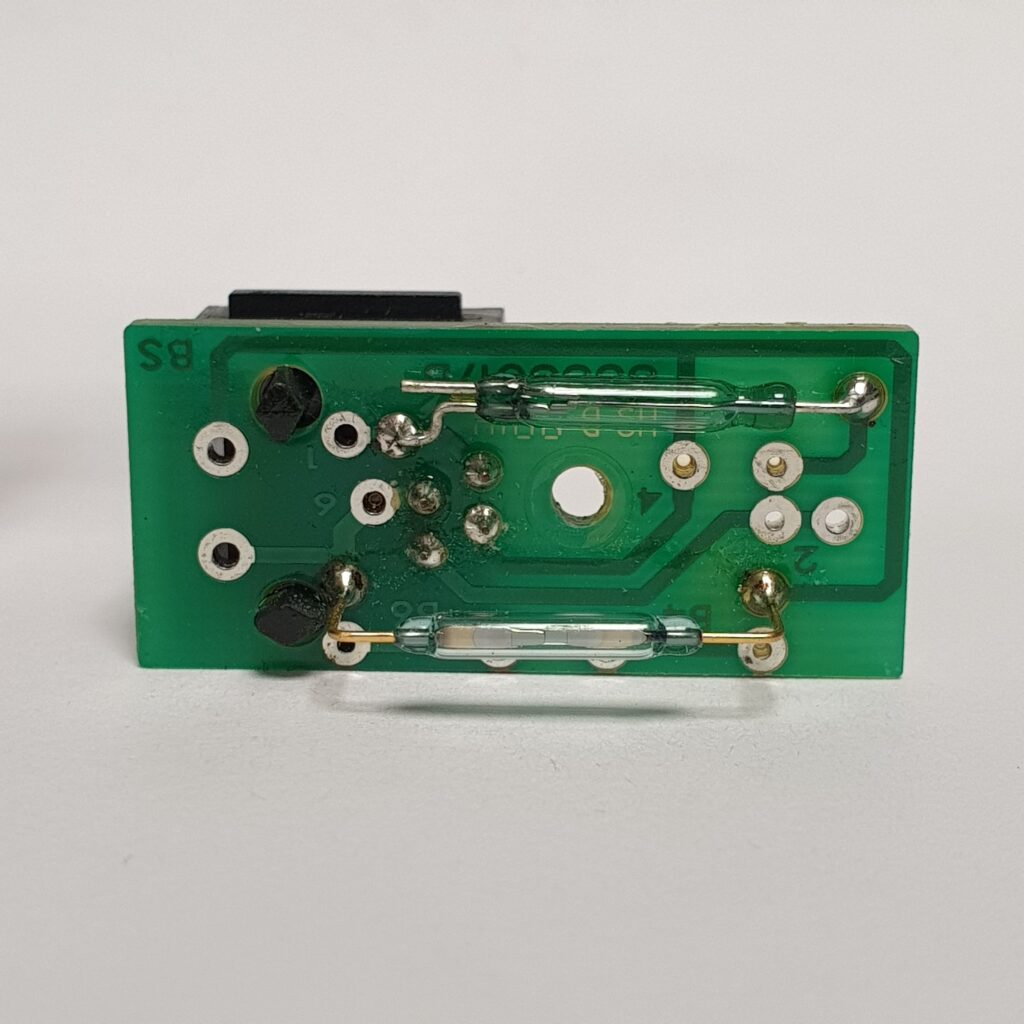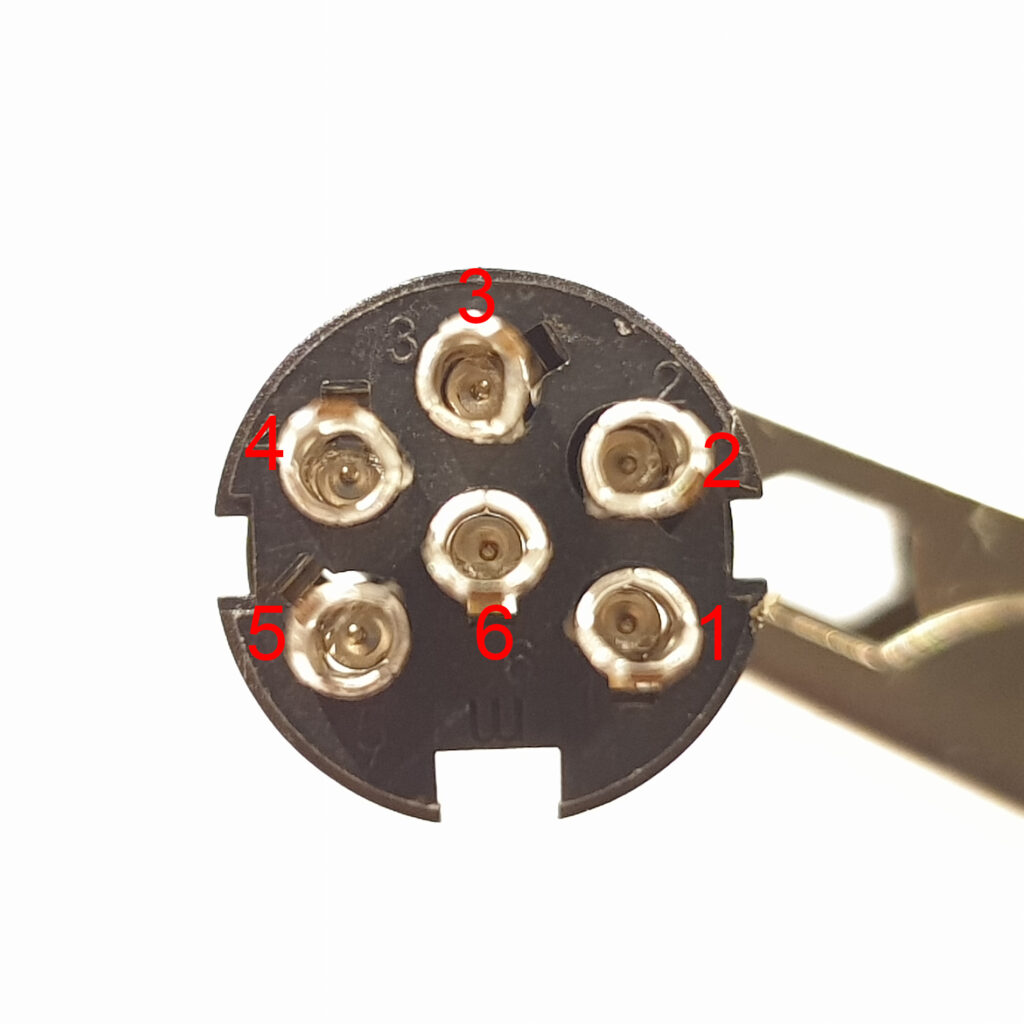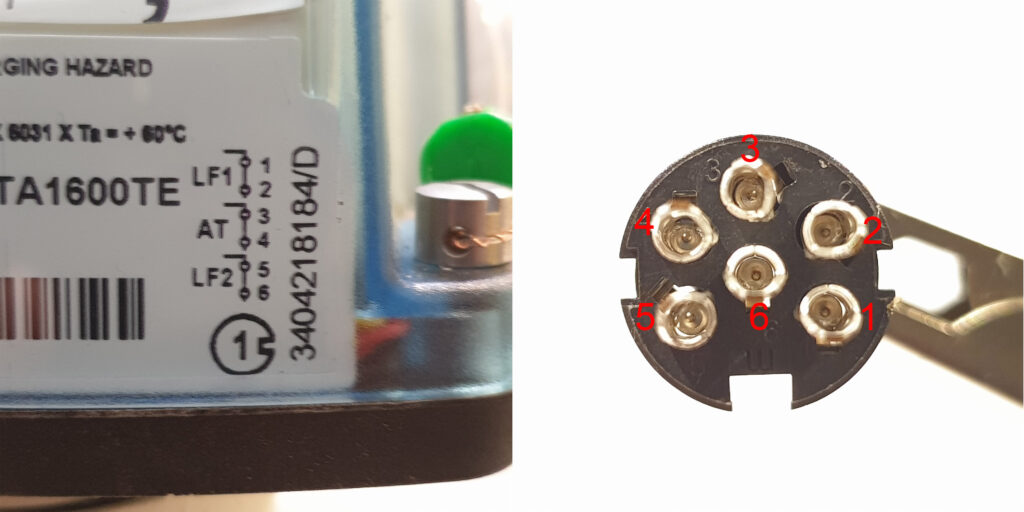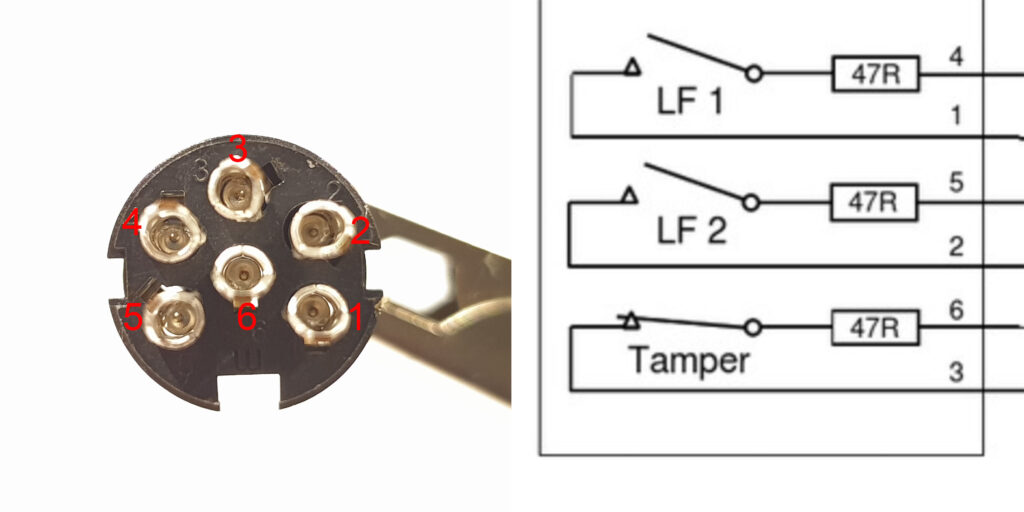Your cart is currently empty!
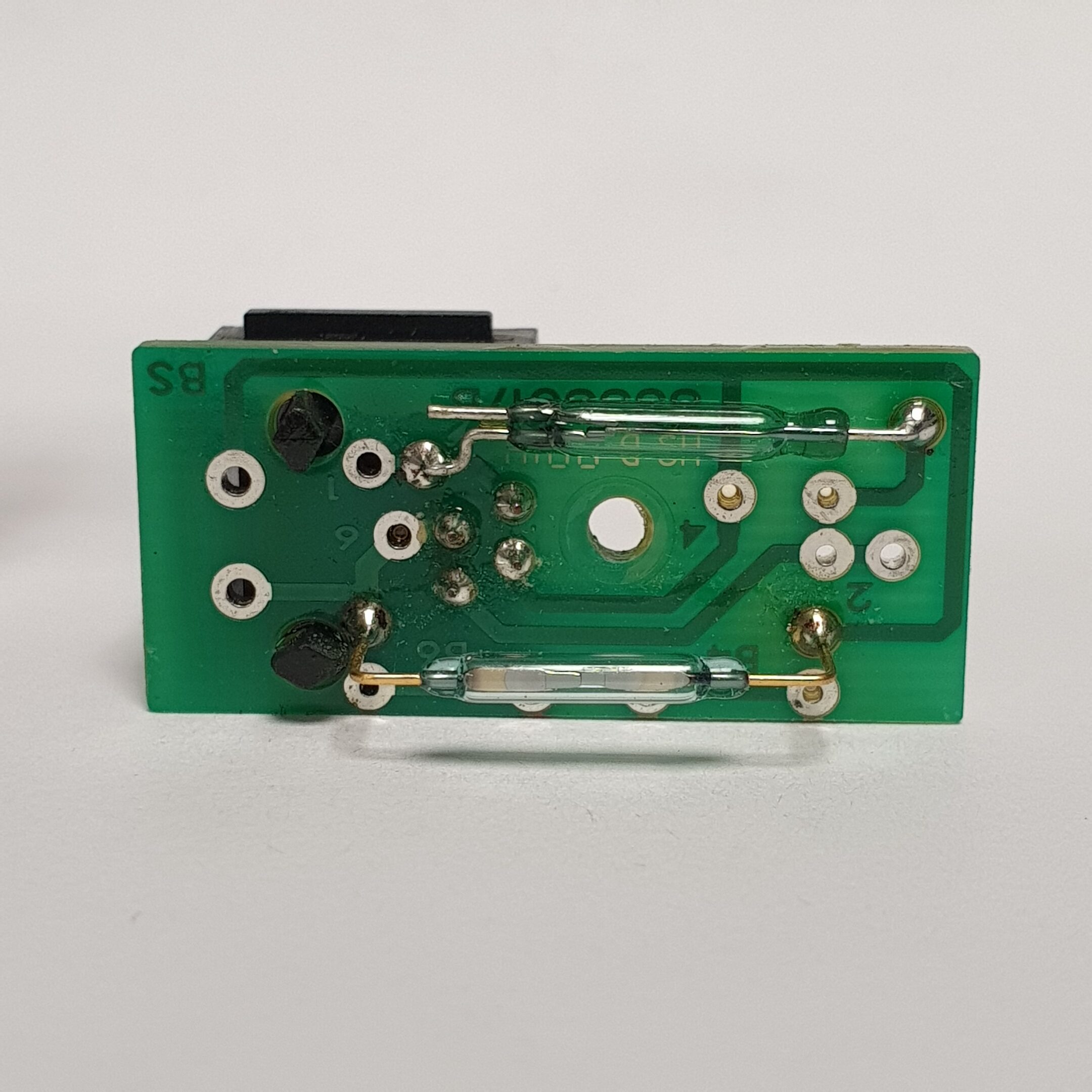
Gas Governor Meter Pulse Transmitter Modules
—
by
Gas Governor Meter Pulse Transmitter Modules
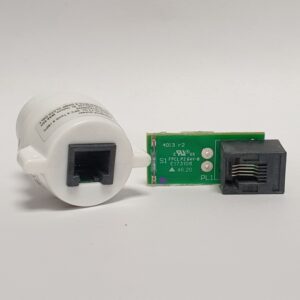
Dresser meters are some of the most common and usually they come with a Pulse Transmitter that is installed on the side of the mechanical index.
The mechanical index is engaged by impellers that spin according to the gas that flows through the meter.
The volume of gas is translated to a pulse when a magnet inside the index moves in front of the reed switch inside the transmitter.
The reed switch is connected on the small PCB to the pins 2 and 3 of the RJ11 plug.
The contact pins are the ones in the middle of the plug.
Staying with Dresser, the other Pulse Transmitter that they have is the “4 pin Circular EGG Socket, 0B”.
In this specific arrangement the reed switch is connected to pins 3 and 4.
When you look at the Pulse Transmitter with the red line at “12 o’clock” the contact pins are both pins on the left hand side.
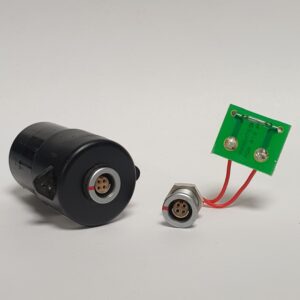
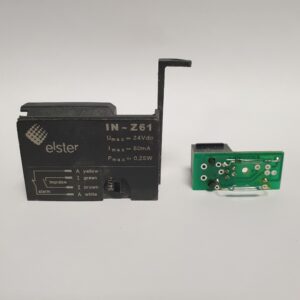
The Elster Diaphragm meters also have their own Pulse Transmitter and this has 2 different pulse types. One is the impulse and one is the tamper alarm.
Both use the same RJ11 plug as the Dresser gas meters but Elster has a diagram printed on their Pulse modules from which it is easy to identify which cables do what.
The contact pins are the ones in the middle of the plug.
Most turbine meters for natural gas come equipped with a 6 pin circular connector for acquiring pulses.
FMG and Itron are the most common.
Although they use the same plugs, their Pulse Modules have different wiring.
Both Itron and FMG have the wiring diagram printed on the mechanical index.
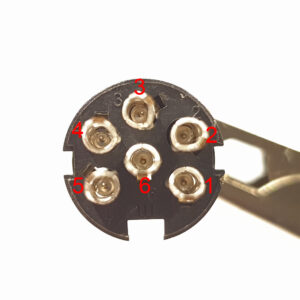
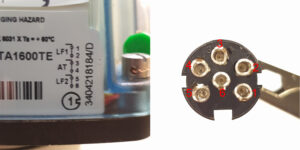
Itron uses 1-2 and 5-6 for pulses and 3-4 for tamper.
FMG uses pairs 1-4 and 2-5 for pulses and 3-6 for tamper.
